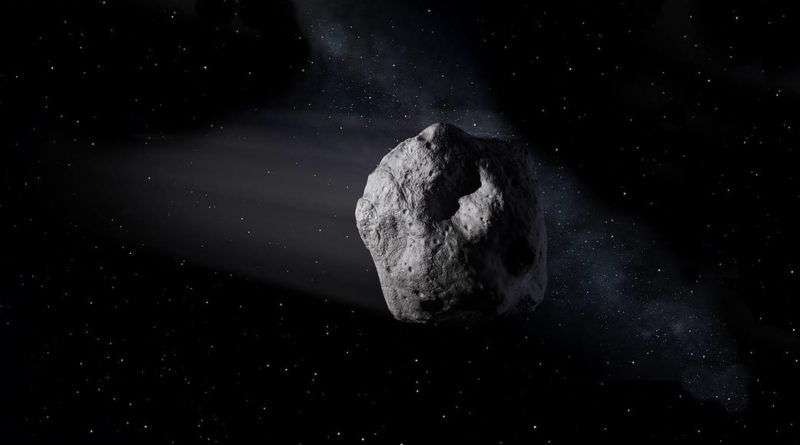The Most Common Yet Elusive Mineral
The Earth’s most common mineral, called bridgmanite, has never been observed naturally on Earth. In fact, it took a meteorite to observe a real specimen.
Bridgmanite is a mineral predicted to make up about 38% of the Earth’s volume, yet it has never been seen on the surface of the Earth.
This mineral only exists in the lower mantle 410-1802 miles deep where the temperature and pressure is high enough for it to form. It is believed that 70% of the lower mantle is made of this mineral. (Some literature cites 93% as the amount that makes up the lower mantle).
There are numerous minerals that are predicted to occur deep within the mantle and they belong to a class of minerals called perovskites that have a particular crystal structure. Bridgmanite (a high density magnesium silicate) is one of these perovskites. It was given the name bridgmanite in honor of Nobel Laureate Percy Bridgman for his work in high-pressure geophysics. Even though the mineral was predicted to exist over 50 years ago, the International Mineral Association requires a specimen to be examined first hand before it can be given a name.
How Was it Known to Exist?
The existence of something is usually predicted when something else behaves in a way that is not expected.
In this case, seismic waves are known to change velocity and frequency as they pass through different rock types through the Earth. Similar to the shadows observed in a CT scan due to X-rays that pass through tissue and bones, seismic tomography gives us information about the distribution of mass and density in the Earth. These distributions then help earth scientists predict what compounds might exist at distinct pressures and temperatures.

Geoscientists are able to simulate conditions of the Earth’s interior in the lab, and the pressure and temperature required to form bridgmanite is equivalent to that of a meteor impact. An Australian meteor that was recovered in 1879 was just the right candidate and careful new techniques were employed to study it without destroying the mineral.
The new mineral is helping scientists better understand the shock process in rocks by putting tight limits on the pressures and temperatures needed to create this common but unusual mineral. These findings also have important implications for the collisions between other celestial objects and the formation of the universe.
Reference: Discovery of bridgmanite, the most abundant mineral in Earth, in a shocked meteorite, Science 28 November 2014: Vol. 346 no. 6213 pp. 1100-1102 DOI: 10.1126/science.1259369




